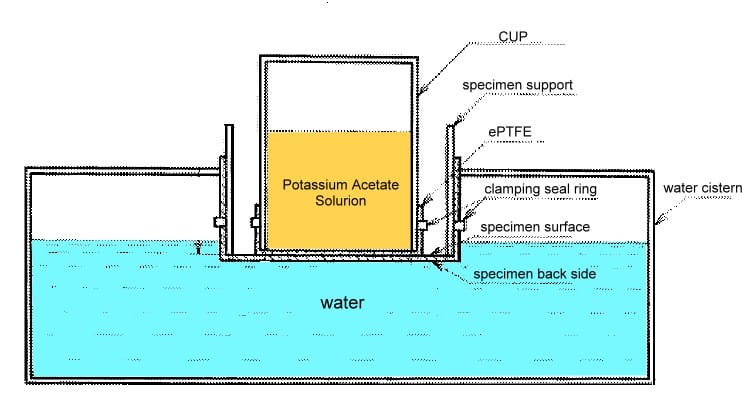I’ve been on a gear researching kick lately.
It started after I wrote my review of the Patagonia Powder Bowl Jacket. I started looking into brands that are producing ski shells using recycled materials and processes that reduce their impact on the environment.
During my search, I came across The North Face’s line of outerwear dubbed Futurelight.
Released last year this line is made out of 90% recycled materials and has a breathability rating higher than most 3L (3 layer) ski shells.
It sounded like exactly what I was looking for, so I dove in deep to learn if The North Face’s Futurelight outerwear is actually worth the hype, here’s what I learned
What is The North Face Futurelight?

Using recycled materials and sustainable chemicals TNF set out to create a new standard for waterproof outerwear. One that weighs less than traditional shell jackets, is more durable, fits better, and is more breathable.
This brought them to a new membrane technology called Futurelight, which they claim rivals the industry-standard GORE-TEX.
Futurelight Membrane
This new membrane technology lets TNF manipulate the nanostructure of the jacket. They can now create a membrane that has small pores in the jacket that are small enough to let the air out of the inside of the jacket while retaining waterproof characteristics.
But I asked myself, don’t all jackets do this? Why else do outerwear manufacturers display their waterproofing and breathability ratings?
Well, the difference here lies in moisture vapor transmission vs air permeability.
Moisture Vapor Transition vs. Air Permeability Futurelight’s Secret Sauce
Traditional breathability tests use the Inverted Cup Test to look at how well the fabric pulls moisture through it which in turn reduces condensation on the inside of the jacket. This test simulates you sweating on the inside of your jacket.

This is how your typical outerwear gets its breathability rating.
But once you understand the test, you can see that the “breathability rating” is actually just the fabric’s ability to transfer water vapor. It does not measure how air-permeable the shell actually is.
This is where TNF’s Futurelight differs from other shells.
TNF takes its testing one step further and measures the garment’s air permeability. They use a cubic foot per minute (CFM) test to see how much air can pass through the inside of the jacket. This test is typically used on the outside of a jacket to measure how windproof the garment is.
TNF claims that Futurelight has a 1+ CFM rating and most traditional hardshell GORE-TEX ski jackets have 0. This means that the Futurelight jacket can not only transfer water vapor from sweat but the heat itself inside of a jacket.
What Does This Mean on the Mountain?
Essentially, as TNF puts it, Futurelight is a jacket you never have to take off.
Traditionally after you skied an aggressive lap or boot-packed a chute, you got hot and either had to take off your shell or open all your vents.
But since Futurelight is air permeable you don’t have open vents. The shell itself will shed the heat you have built up. But, does this actually happen on the mountain?
I’m not sure, I don’t own one of these jackets. Yet all of the reviews I have read have said that it does dump heat quite well.
Is Futurelight Worth the Money?
The North Face Futurelight ski jackets range from $600 to $750. They are expensive and there is no way around it.
But it’s reasonable considering other 3L shell options from brands like Norrona, Patagonia, Black Diamond, and Arc’Teryx, which range from $600 up to $1,000.
In my mind, what sets Futurelight apart from the rest is its permeability and sustainable construction. While Patagonia and Norrona both offer shells made from recycled material TNF is the only brand producing ski jackets with breathability in mind.
After all this research The North Face’s Futurelight ski jackets are definitely on my radar and it will be a contender for my next ski shell.
In the future will other brands make shells that are air permeable? It looks like we have to wait and see, but my guess is that many will follow.



Comments are closed.